Often, people think dog training is super complicated – and … it is? But it’s not, it boils down to 3D’s, Distraction, Duration and Distance.
You’ve just sat there and rolled your eyes at me, right? I don’t blame you, it sounds ludicrous that it only comes down to balancing three things… But it’s true! And I’ll prove it.
In all honesty, though – Puppy training can be complicated. I find it really helps to break down a problem when you’re facing it. That you can break it down into three simple aspects.
Those simple aspects are what we call The 3D’s. They stand for Distraction, Distance and Duration. And the theory is that almost every problem can in training can be broken down into an issue with one or more of these aspects.
The 3D’s are a trio of principles to help you get to your training goals, and break down the process of every training exercise into much smaller aspects. And when they’re smaller? They’re much more digestible and it’s something you can do something about! One step at a time.
It’s ultimately about focus vs impulse. Dogs and puppies are impulsive by design, they’re not biologically disposed to follow their nose, their desire for food, or their want to sleep, their want to be safe, their want to protect their resources.
Puppies are particularly impulsive, training wants to curb those impulses and harness your puppy’s ability to do what we need of them to fit them into our lives and live harmoniously together.
The 3D’s of puppy training is going to be broken down for you, each with an easy to understand example in there. This way you can get some insight to how it all works.
So let’s start, huh?
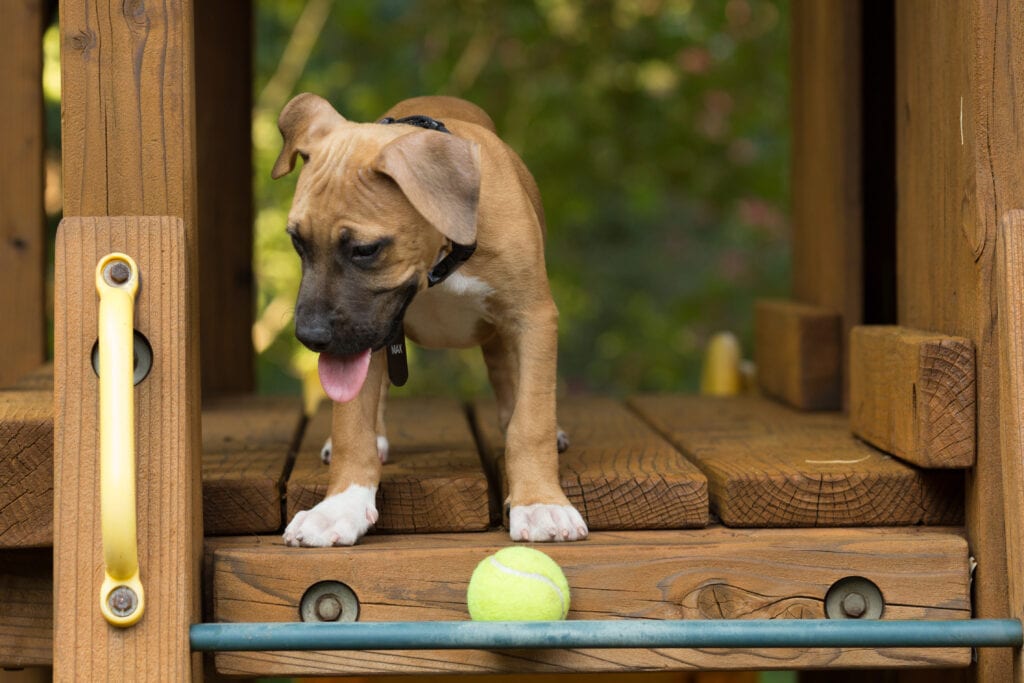
Why This Is Important
The 3D’s explain why your puppy cannot focus, they explain how to optimise your puppy’s ability to focus. They give you an idea of how to balance your puppy for them. Remember, your puppy is like a child, and you simply have to know how to get the best out of them – but they can’t speak to you like your child can. These will give you a great insight into how to manage specific interactions. I’ll give some real life examples with each explanation so that you are so you can really see them in action!
Distraction
This is my favourite of the 3D’s of Dog Training.
Distraction! This could be a squirrel, it could be another puppy, it could also be your partner, child, a cat, or a ball. This is anything that is liable to grab your puppy’s attention above their desire or ability to listen to you.
This is normally the primary reason your pup won’t listen. This is also often the reason that people call their pup “Stubborn”. Stubborn isn’t really appropriate as a term to describe your puppy. It’s not often that your pup is going to sit there and go “You know what? I know what you’re asking me to do, but … nah, not today.”
It’s actually more “Ok, you want me to do that? But I’m in the middle of napping and that’s more rewarding for me” (Semantics perhaps! But it’s also about mindset and understanding your puppy!).
So, what do you do about this?
Decrease the distraction, or increase the appeal.
That’s the way to adapt this one within it’s realms. We’ll talk about combining the three D’s later!
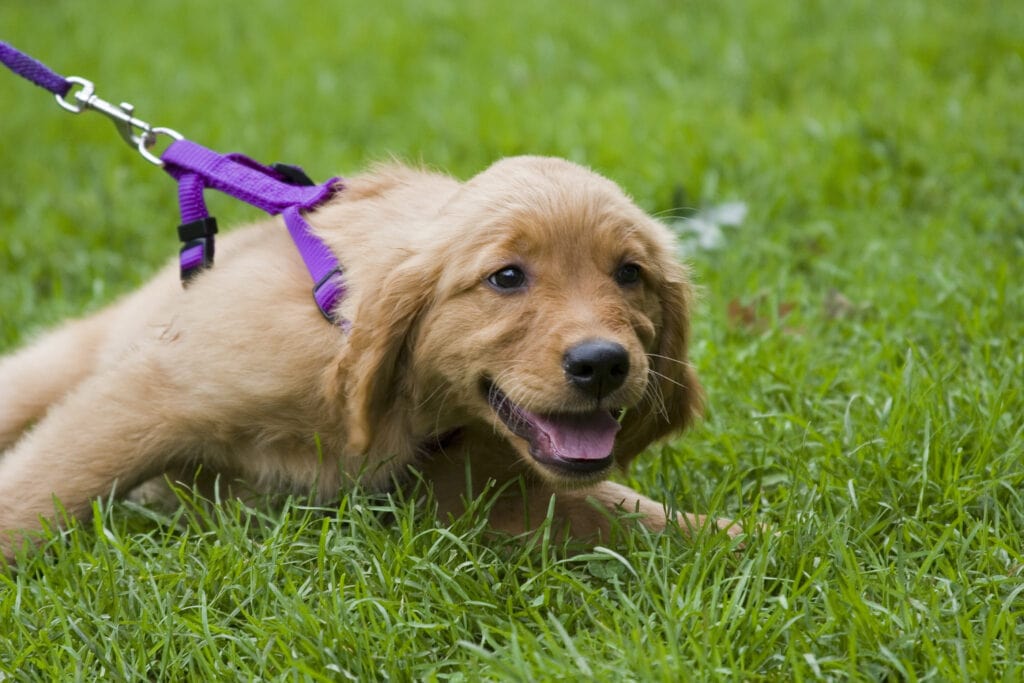
Example: The Golden Retriever That Pulls To A Smell
The smell is a distraction. The goldie in question wouldn’t listen to cues, he wouldn’t listen to anything because his mind was totally consumed by the smell, which meant that he had to get there!
When you understand that this goldie wanted that smell more than anything.
In this instance, we used the smell as a ‘real-life reward’ (The principle here is that if they want something? They can have it, so long as they approach nicely, the reward is the smell and sniff and probably pee that this labrador was so craving!) – but we’ll talk more about choosing your rewards elsewhere.
So we would simply stop, or turn away from the distraction – gaining distance (See below!) – from the distraction in question so that the distraction didn’t feel as powerful to our labrador buddy.
Distance
If you are anything like me, the chocolate bar sat in front of you, is more powerful than the chocolate bar in the cupboard, which in turn is more powerful than the one in the shop!
The same can be said for dogs, the sausage frying in the pan is tempting, but the sausage in their bowl is irresistible. So! What do we learn from this? Distance has power. If we move our dog away from a distraction (say) or from something they desire, then they are better able to control the impulse to do something they shouldn’t. It’s about enabling your dog to make the right choice, and only pushing that boundary gently, and slowly, with plenty of praise and support through the process.
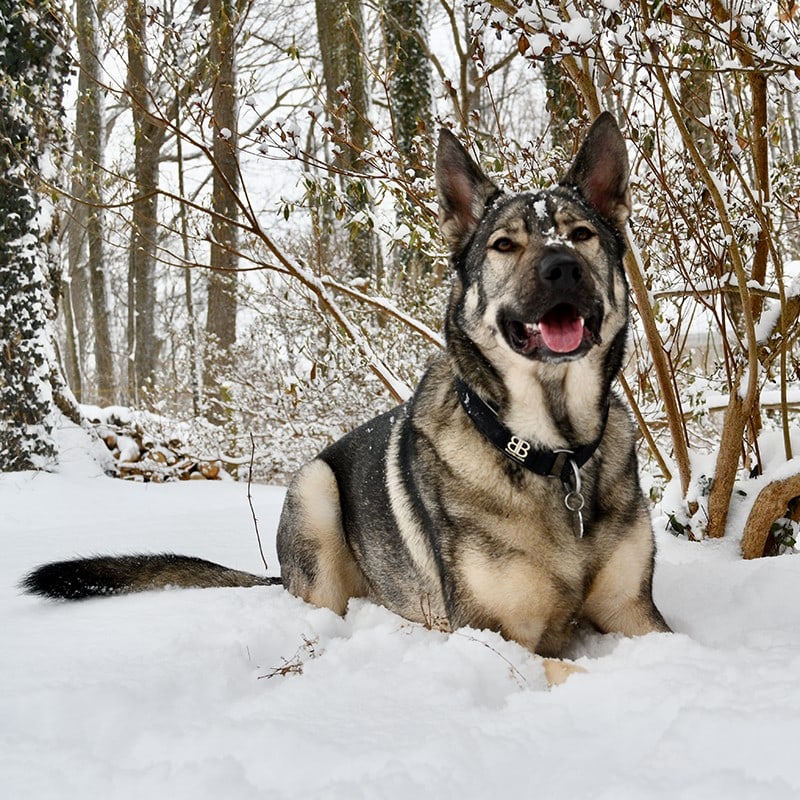
Example: The German Shepherd Who Is Scared Of Other Dogs
This one is much closer to home, this one is Indie! So, Indie’s story is not that of a rescue, it’s of a nervous Shepherd cross that is fearful of … lots and lots of things. With a lot of work, he’s really come along – but the point is that Indie was (And occasionally still is) scared of a new dog. We practice caution, very much so, every time we introduce Indie to a new dog.
But, the story is here is that the closer the dog is the scarier they are. If the dog maintains its distance, Indie can cope – and perhaps simply apply a watchful eye.
At it’s worst, that distance was quite a way away but with some careful counter conditioning and desensitisation, the dog (or, perceived threat, in this case!) can now be a lot closer without Indie showing a fearful response. The distance here was crucial when training him, I used to describe it like a “bubble”. His personal space bubble was just bigger than most dogs. It was just asking him to shrink it. Distance was the key factor here! It was what we had to control to get him beyond where he was at.
Does that make sense to you too? It’s like, for me, I have a fear of spiders – if it’s across the room, it doesn’t make my heart race and make me want to squish it, but if it appears infront of my face? All bets are off. I’ll either run away screaming, or squish it (Sorry! I do love all animals, but oh my god! I cannot deal with spiders, blame my Mum for that fear).
Naturally, some other owners made this tough for us – so – please do remember to be a courteous dog owner!
If you need more help with reactivity, have a read…
Duration
This one very much explains itself. So, you know when you ask your pup to lay down? You’re not going to expect that to last long initially, but slowly you can build that up. Why? Because you’re asking them to focus slowly. Increasing expectations gradually – that part is so important.
Asking too much, too quickly will mean that your puppy’s focus drifts.

Example: The Husky That Leapt.
Keeping focus for any length of time for a puppy is tough work. And it is one of those things that little lady would sit, any anything longer than a split second? She would Leap! “Hey! I did good! I did it!” she didn’t mind so much if there were other dogs around, but she struggled so much with finishing that piece of good. Gosh, now, I love a dog who loves to do well, but sometimes more was needed of her.
Slowly, we built up her duration by lowering the distraction. She could actually focus better if she couldn’t see the treat, the treat was so distracting that she couldn’t focus. Removing it, asking for the cue (which is actually backwards of how I would normally suggest it!) was gaining better results! So we worked on that and built up her patience for her reward! It’s funny how it works in real life, huh? That’s why I’ll always caveat by saying that whilst this advice is great, that you have to tailor it for your puppy!
By Our Powers Combined!
By balancing these three aspects in puppy training, you can genuinely overcome any training issue. I’ve given some examples above, but there are dozens more I could give you. Between all of these, you can gain a vantage on any issue you’re facing, and you can find the answer. It’s always about balancing them for your dog or puppy.
Distance can be created with aids like crates, play pens or baby gates.
Distraction can be created with play, or avoided with treats or toys!
Duration can be avoided by knowing the realistic expectations of our pups, and by increasing slowly what we ask of them.
Even toilet training! If you leave the duration too long? That’s when accidents happen. It’s all a balance of the 3D’s, see?
When you push all of that together? You’re going to have a rockstar of a puppy, who is reliable and resilient and whose puppy paw-rent is looking out for them to their very best ability! Isn’t that what we all want?
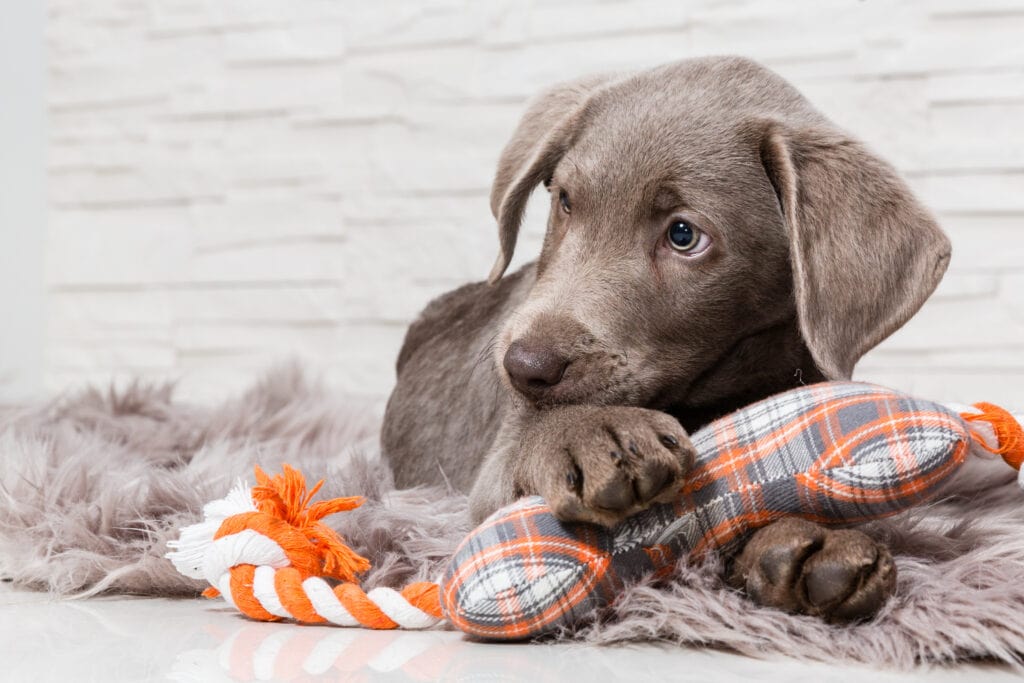
How do you apply these to your Puppy training?
You can use this to not only manage issues but to increase your pup’s ability – now – remember we don’t necessarily want a perfect puppy – just a practical one. So, please don’t extend things like duration beyond what is necessary. You don’t need to have your puppy sit for hours on end. But getting a reliable sit that lasts a few minutes could definitely be of value.
So, apply each one step at a time. Increase your distance, add in duration, and slowly build up the distraction. If you can get these three ticking? And especially on your basic cues. Your puppy will be able to listen, learn, and gain a level of training at I would estimate 80% of dogs cannot get to this level. They’ll be a joy, they’ll be fun and practical.

The Tortoise and The Hare
“Proof” is dog trainer jargon for ‘steady’ or make reliable. It’s what you want, that reliability to know that if you ask your dog to come, that they’re going to come, right? No matter what the scenario. So you proof the behaviour.
How you do this is to take it one step at a time. Increase each one, one at a time. If you get a set back, then start a step back and try something else, maybe a half step between, or a different one of the 3D’s!
So, practically?
Sit.
You don’t expect much. You let them get their bum to the floor and you go “good!”
Next time you ask puppy to sit a little longer before a “good!” (Remember that’s your marker word in this instance!).
Get some reliability in this action. Then step away half a step. Build up a little distance from you and puppy. This mightn’t work, and if it doesn’t try instead of going for a distance, try distraction. Lift your hand to try and distract. If they stay put, great!!
It’s just a case of slow and steady, right? Inch each thing further and further. Sure, now, it’s not going to get you the biggest result in the world straight away – but it will get you and puppy improving, steadily and slowly. Which, honestly, is the very best way to train.
Training is very much a case of the Tortoise and The Hare, and we definitely want the tortoise’s approach, because then when they see the hare? You know they are not going to go racing after it!
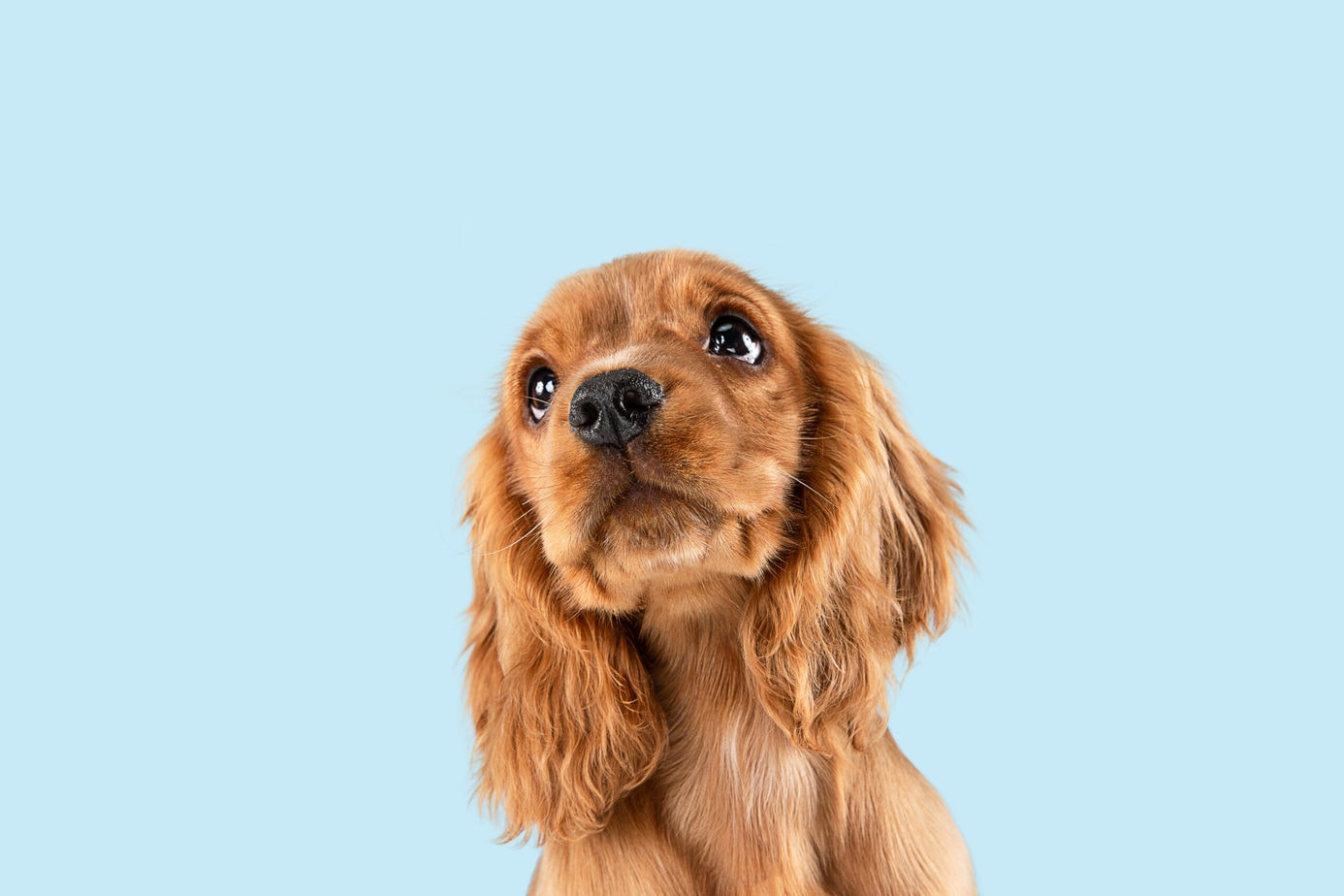
need more help?
Puppy training isn’t easy!
But if you can get ahead of the game
Don’t you think it would be easier?
Strengths & Weaknesses.
As you progress? You’ll also get a fantastic idea of your dogs strengths and their weaknesses – knowing this is really great for setting your dog up for success.
You will gauge where distractions lay on an imaginary scale. For example, a ball is a 9 for Indie, a dog playing with a ball is a 10, whilst a crying child is probably 4…
The idea is that with the help of the 3D’s, you’re going to need to slowly increase them, so work through 1-3 then 4-6, and so on until your puppy is a wonderfully focused dog!
This will be different to your puppy (of course!) – Just remember to increase slowly.
The 3D’s are so useful. They teach, guide and allow a transfer of understanding between you and your puppy. They’re a great base for you two to work together on.
If you nail them? What I said about you and puppy being rockstars? Is totally true. You’ll be the envy of all the dogs at the dog park, with a phenomenal recall, reliable responses and a dog that (with a little guidance from you!) is polite, fun and amenable!
What do you think? Think you can manage your puppy training with the help of the 3D’s? I do! I think you have it under control. Learn and adjust, tweak and reapproach.
It’s just a problem to be solved, and you have all the tools you could ever need to do it – and if you don’t? Just ask! Rebarkable can help! Email me! This is what I do.

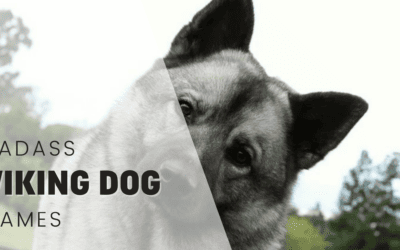
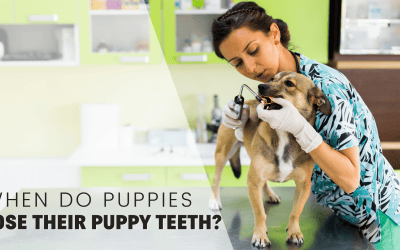
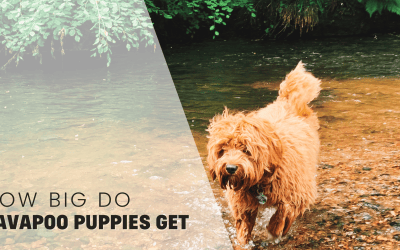
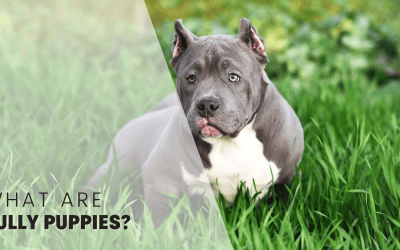
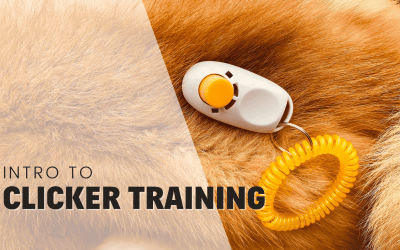
0 Comments